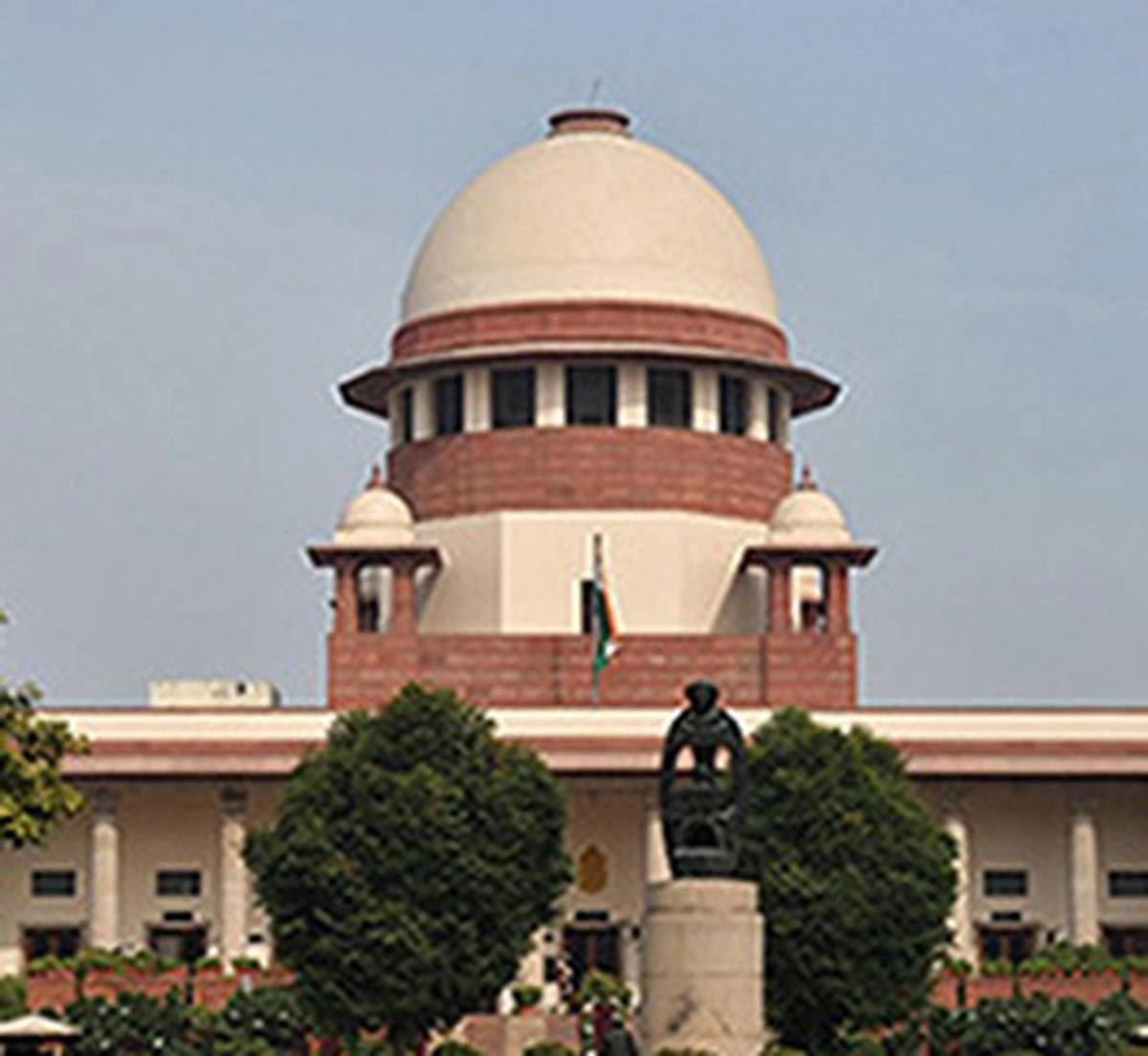The Supreme Court said that family relations can be in the form of domestic, unmarried symbiosis or homosexual relationship. The court also noted that the ‘unusual’ expression of the family as a unit is as real as the traditional system regarding the family, and is also entitled to protection under the law. The top court said that the predominant understanding of the concept of ‘family’, both in law and in society, is that it ‘consists of a mother and a father (relationships that remain stable over time) and a single, unchanging entity with their children’ .’
A bench of Justice DY Chandrachud and Justice AS Bopanna said in an order said that the assumption ignores both, the many circumstances that can lead to changes in one’s family structure, and the fact that many families do not live up to this expectation.
Family ties can take the form of domestic, unmarried symbiosis or homosexual relationships.’ The copy of the order was uploaded on Sunday.
The apex court, in a judgment, observed that a working woman cannot be denied the statutory right of maternity leave for her biological child merely because her husband has two children from a previous marriage and he has given birth to one of them.
The Supreme Court has observed that there can be a single parent family due to many reasons and this situation can be due to the death of either of the spouses, their separation or divorce. Similarly, the guardians and caretakers of the children (who traditionally play the roles of ‘mother’ and ‘father’) may change with remarriage, adoption the apex court said.
The top court observed that these expressions of love and families may not be specific, but they are as real as their traditional system and such unusual expressions of family unit are available not only for protection under the law but also under the social welfare law. equally eligible for benefits.
Justice Chandrachud, who wrote the judgment for the bench, observed that unless an objective interpretation is adopted in the present case, the very purpose and intent of granting maternity leave would be defeated. The apex court said, “The object of grant of maternity leave under the 1972 Rules is to facilitate the women to remain in the workplace. For such provisions, it is a harsh reality that many women will be forced to leave work on the birth of a child in view of the social conditions if they are not given leave and other facilities.”
The bench said that no employer can treat the birth of a child as separate from the purpose of employment and the birth of a child should be treated as a natural event of life in the context of employment. Therefore, the provisions of maternity leave should be considered in that perspective. The apex court observed that the facts of the present case indicate that the husband of the appellant (nurse by profession) was already married, which was terminated as a result of the death of his wife, after which he married the woman.
“The fact that the husband of the appellant had two children from his first marriage, therefore, the appellant would not be entitled to the benefit of maternity leave for his only biological child,” the bench said.
“The fact that he has been granted child care leave in respect of two biological children born to his spouse from an earlier marriage,” the bench said. This could be a matter on which a lenient stand was taken by the authorities at the relevant time.’
The apex court said that the facts of the present case also indicate that the composition of the family of the appellant changed when she assumed the role of guardian in respect of biological children of her husband from his previous marriage.
Also Read – Stock Market Update Today: Today’s Top Gainers
Keep watching our YouTube Channel ‘DNP INDIA’. Also, please subscribe and follow us on FACEBOOK, INSTAGRAM, and TWITTER.












